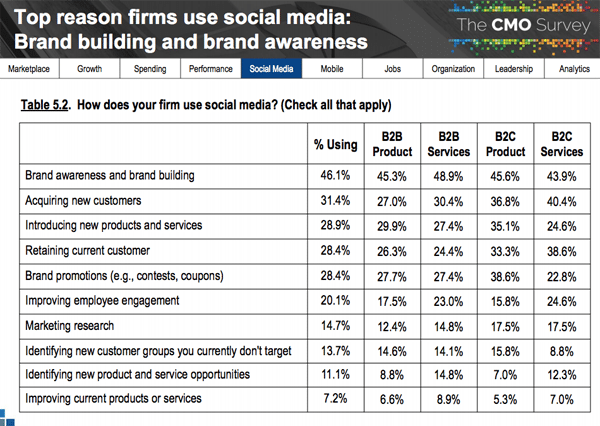The question has long flummoxed social media marketers—what do “likes” actually mean? The answer to social media’s return on investment and what works and what doesn’t remains elusive.
Even so, marketers fear it’s far better to be there than not to be there at all since every other marketer is hovering nearby.
Spending on social media has increased by 200 percent over the past eight years, rising to 10.5 percent of marketing budgets this year compared to 3.5 percent eight years ago, according to The CMO Survey. And it’s not stopping there. Marketers plan to increase social media spending by 90 percent by 2022 to 18.5 percent of total marketing budgets. That’s a big chuck of dollars aimed at a slew of yet-to-be-proven marketing channels.
A little under half (43 percent) of respondents to the The CMO Survey reported in February 2017 that they could not determine the impact that social media marketing had on their businesses, an improvement over 48 percent in February 2016. Another 18.4 percent reported having proven the impact quantitatively, compared to 11.5% in February 2016.The CMO Survey also shows a significant drop in the percentage of company’s social media activities performed by outside agencies from 20 percent in February 2016 to 16.6% in February 2017. The bottom line indicated that social media was perceived to contribute little to company performance.
As the experimenting continues, Forbes spoke with four Harvard Business School marketing experts to discuss the issue. The group takes a look at a handful of social media missteps and the lessons learned. For example, not being social enough, prioritizing technology over substance or worse, posting something inappropriate or insensitive.
This in-depth article also talks about what brands are doing right, like quickly responding to negative comments, being playful and having fun with consumers and putting customers and fans to work for the brand. Lots of solid suggestions here of what not to do and what to do.

Related articles:



